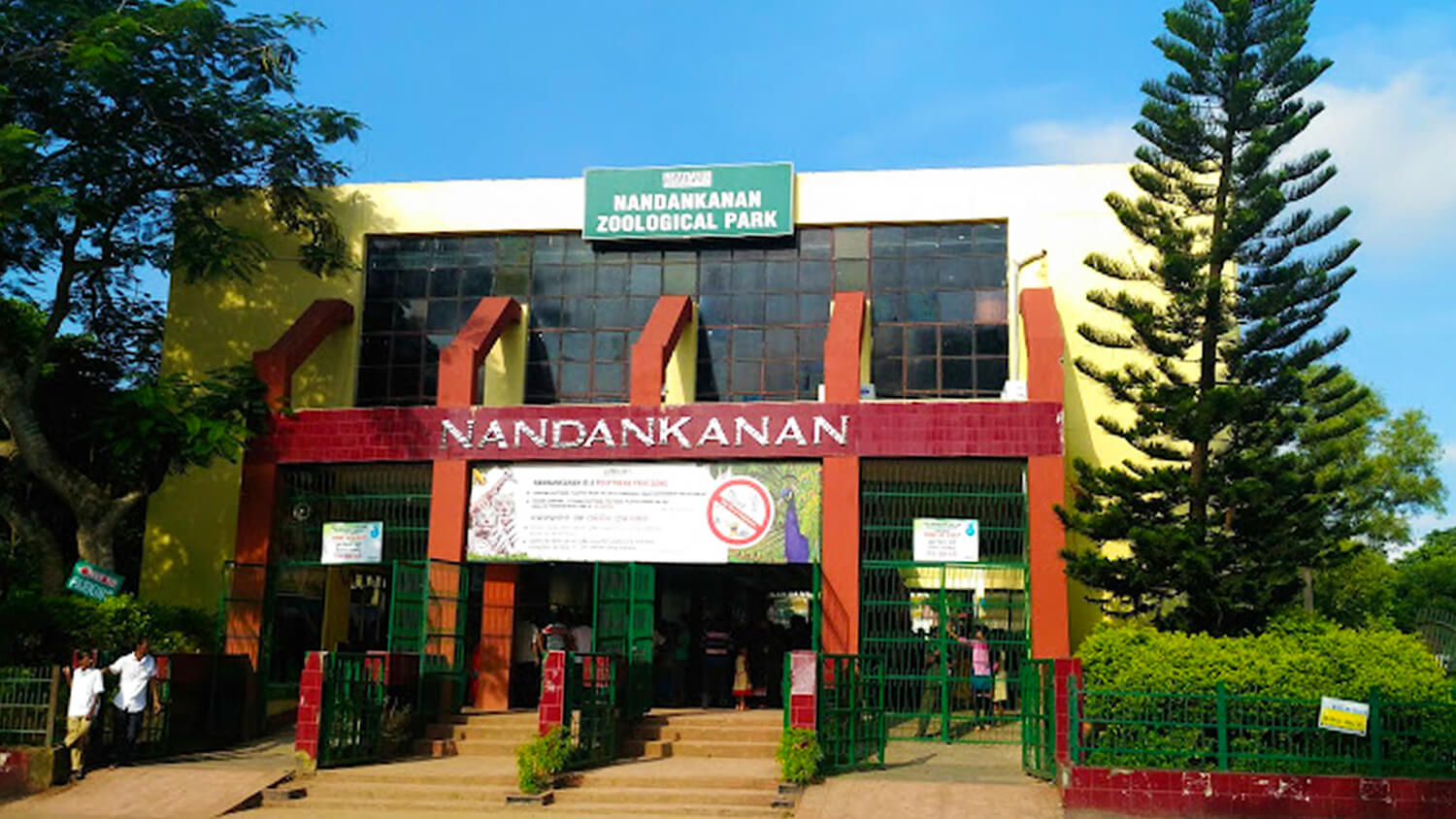
Nandankanan Zoological Park is one of the biggest and famous zoos in India. Located in Bhubaneswar, this zoo, unlike others in the country, has been built inside a natural forest, which is moist deciduous in nature and remains semi-ever green. The animals kept in this zoo get the feel of their natural surroundings and roam freely without any apprehensions. Nandankanan has the distinction of being the first zoo in the world to breed Melanistic and White tigers and the sole conservation breeding center for Indian Pangolins, across the globe.
A member of the World Association of Zoos and Aquarium (WAZA) - the only one in the country - the Nandankanan zoo is also recognized by the Central Zoo Authority (CZA) for preservation of Indian pangolins, tigers and long billed vultures. It is the first zoo in the country to feature an open-top enclosure for leopards and also the first, where endangered Ratels were born in captivity. The zoo has large pools for housing Hippopotamus and Gharials, and has been a captive breeding center for the latter since 1980.
The name ‘Nandankanan’ in the local language means ‘Garden of the Heavens’. Such is the importance and exclusivity of the zoo that the Indian Railways has named an express train after it called the Nandankanan Express while the Indian Postal Department has released a special cover featuring it. On a visit to the city of Bhubaneswar, an excursion to the Nandankanan Zoological Park and Botanical Garden is a must, especially for those tourists, who are traveling with their children.
Nandankanan is the first zoo in the World to breed White tiger and Melanistic tiger. Nandankanan is the only conservation breeding centre of Indian Pangolins in the world. Nandankanan is the only zoological park in India to become an institutional member of World Association of Zoos and Aquarium (WAZA).
The origin of the Nandankanan zoo began rather interestingly, when some forest officials from Odisha decided to represent the State in the World Agricultural Fair at Delhi in 1960, by showcasing its indigenous rare orchids and wild animals at the fair. However, the idea soon faced roadblocks as the procurement of such wild animals and their transportation was calculated to be quite an expensive affair. Hence, it was re-decided to rather take small animals such as Wild cat, Flying squirrel, Peacock, Mouse deer, Pangolin, Leopard cat, etc. to the fair. Since time was running out to capture these animals from the wild, people with possession of such wild animals were approached for procurement of the animals, by hire or purchase.
On 29th December, 1960, the Nandankanan Biological Park – inaugurated by Shri S. K. Patil, the then Minister of Food and Agriculture, Government of India - came into existence. Three years later, the State Botanical Garden inside the zoo was opened to the public. In 1981-82, on recommendation from the Odisha Legislative Committee, the zoo was renamed as Nandankanan Zoological Park. In August 1979, the zoological park along with the two lakes and the Botanical Garden was declared as the Nandankanan Wildlife Sanctuary, totaling an area of 4.37 sq. km. Today, the sanctuary is home of a rich assemblage of wild fauna and varied flora. Since its inception, the zoo has been successful in breeding several endangered species including Leopard, Tiger, Lion-tailed macaque, Asiatic lion, Nilgiri langur, Mouse deer, Indian pangolin, Indian crocodiles, Ratel, Brow-antlered deer and many other water and land birds.